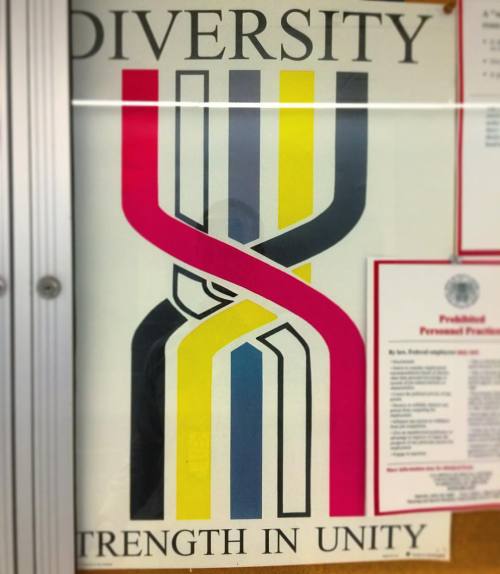#genomics
The Weird Age of “Previvors” Is Coming
Posted by Brian Gallagher
Siddhartha Mukherjee has an arresting thought experiment: What if, along with your familiar elementary-school report card, you had a genetic report card—one that read out your propensity for getting each letter grade in each subject? If you get an A in math, and your genetic report card says that your propensity for getting that grade is 7 percent, would that change your evaluation of your performance? What if your propensity was 97 percent?
Such perplexing, and perhaps uncomfortable, questions lie on the horizon, Mukherjee told Nautilus recently, in his Ingenious interview. He’s the author of The Gene: An Intimate History, published last year. He contends that genetics is a destabilizing idea in our culture: “What if I begin to understand you as pixels of information that change your leanings and propensities toward one future fate or another fate?” The more we understand the impact of genes on all sorts propensities—to have a mental illness, to have cancer, or to have certain behaviors and traits—the more it seems we must rethink what we mean by fate, chance, and responsibility. Destiny will no longer appear as something opaque and amorphous, like “a gray cloud,” he says. Instead, “we can begin to speak about it…in terms of very incisive information about particular genomes correlating or coexisting with particular environments.”
Post link
Genetic Signals Linked to Problematic Opioid Use
UC San Diego School of Medicine researchers asked more than 132,000 23andMe research participants of European ancestry “Have you ever in your life used prescription painkillers, such as Vicodin and Oxycontin, not as prescribed?” More than 21 percent said yes. Then, in a genome-wide association study, the team discovered novel genomic regions that influenced using opiate drugs not as prescribed. They also identified strong genetic correlations with other substance use traits, including opioid use disorder.
The study, published November 2, 2021 in Molecular Psychiatry, was led by Sandra Sanchez Roige, PhD, and Abraham Palmer, PhD.
Post link
Sequencing Celebrity Mice: New Study Compares Genetics of 14 Popular Mouse Models
In a new study published on March 9, 2022 in Cell Genomics, researchers at the University of California San Diego School of Medicine present a genome-wide map comparing the genetic makeup of 14 common strains of laboratory mice.
In the century since the C57BL mouse strain was first generated, it has become the most popular laboratory rodent for biomedical research. It functions as a sort of “default” mouse, and its genetic makeup is commonly used as a “neutral” backdrop for genetic modifications that model human diseases. The specific C57BL/6J strain from The Jackson Laboratory is currently the most commonly used inbred mouse, with a closely-related C57BL/10 strain widely used in fields, such as immunology. Many additional sub-strains have since been derived from both.
Given the prevalence of these mouse strains in biology research, a comprehensive understanding of their genetic similarities and differences is valuable to researchers, but until recently, such a resource did not exist.
A team led by Abraham Palmer, PhD, and Jonathan Sebat, PhD, professors at UC San Diego School of Medicine, has now identified 352,631 single nucleotide polymorphisms (SNPs), 109,096 small insertions and deletions (INDELs), 150,344 short tandem repeats (STRs), 3,425 structural variations (SVs) and 2,826 differentially expressed genes (DEGenes) among the different strains. Most of the SNPs were clustered into 28 short segments in the genome, indicating that these genetic differences are likely due to an early introgression of an unrelated mouse, rather than recent independent mutations.
The authors say these results can now be used to guide both forward genetic approaches (wherein scientists identify a phenotypic difference between mice and look for the genetic variation that caused it) and reverse approaches (wherein scientists first identify a genetic difference and then assess whether it produces a different phenotype). Either way, they urge researchers to be aware of the unique genetic profile of their strain of choice.
— Nicole Mlynaryk, Bigelow Science Communication Fellow
Post link
#diversity #strengthinunity let us intertwine our #genomics to erase the #homogeneity of our ancestors (at Jamaica Plain, Massachusetts)
Post link
Blue-Eyed Me by Alexey Marfin
Fantastic seven-minute nearfuture scifi about technology lifecycles, their impact on socio-technological systems respectively customer interactions and hidden pacesetting infrastructures & industries.

This is the world of the 99-cent lifeform. Like a social media profile or an online shopping list tailored to our hobbies, we collect genetically modified pets, engineered to look like their owners.
Alexey is part of the Unknown Fields Division run by Liam Young and Kate Davies. A “a nomadic design research studio that ventures out on expeditions to the ends of the earth to bear witness to alternative worlds, alien landscapes, industrial ecologies and precarious wilderness.”
[read more at the creators project][Unknown Fields][Alexey Marfin] [film still by Alexey Marfin]





